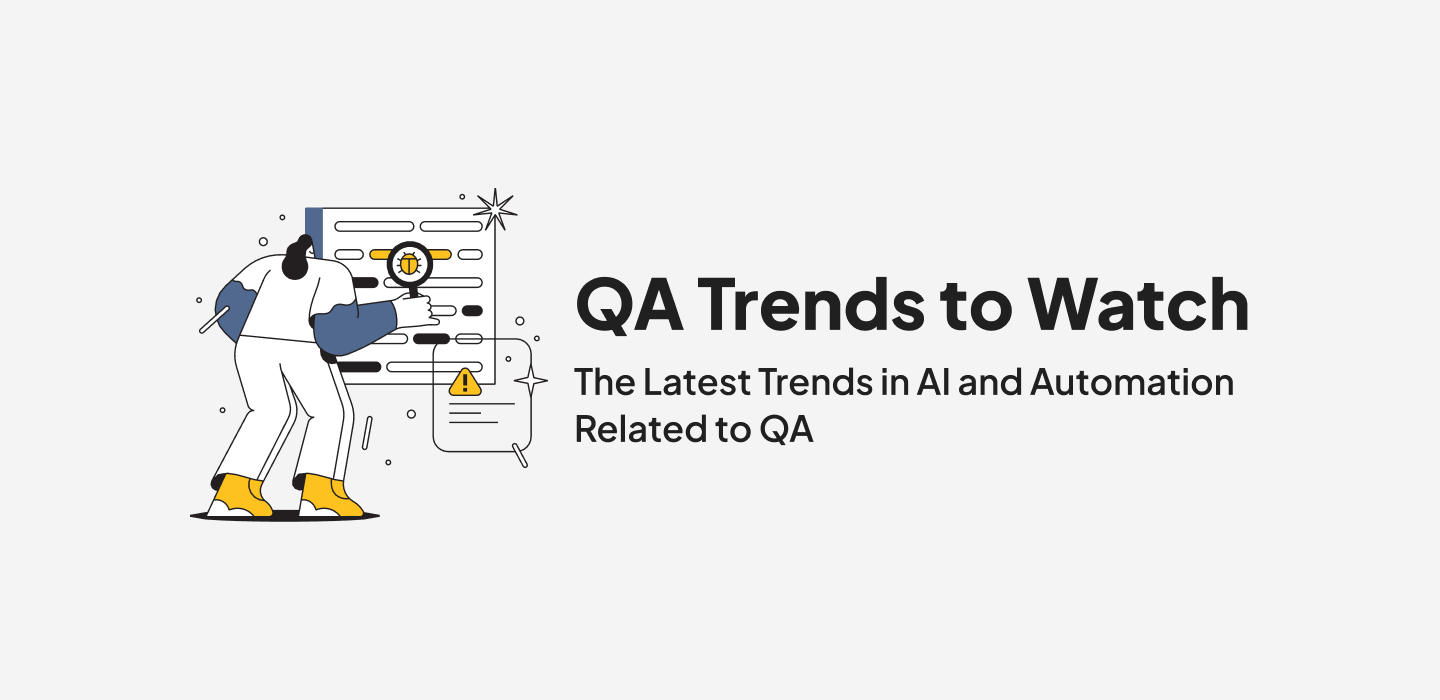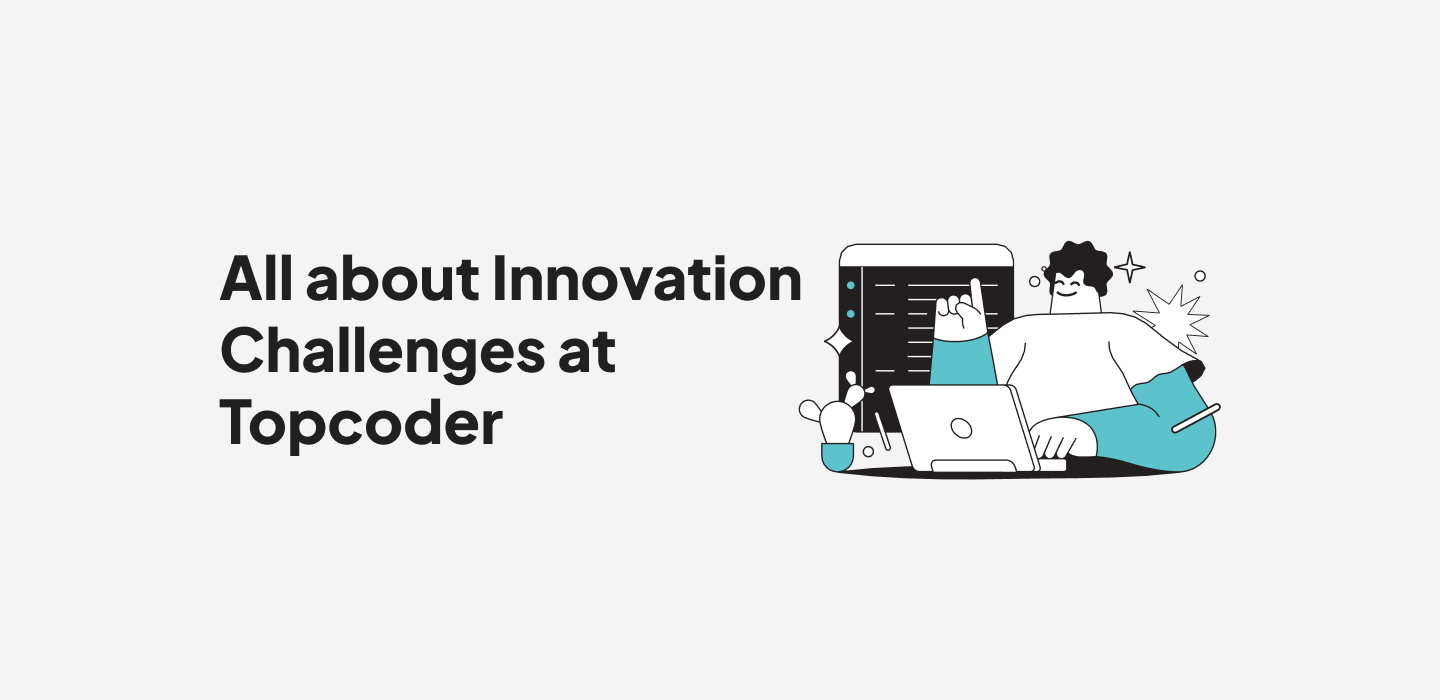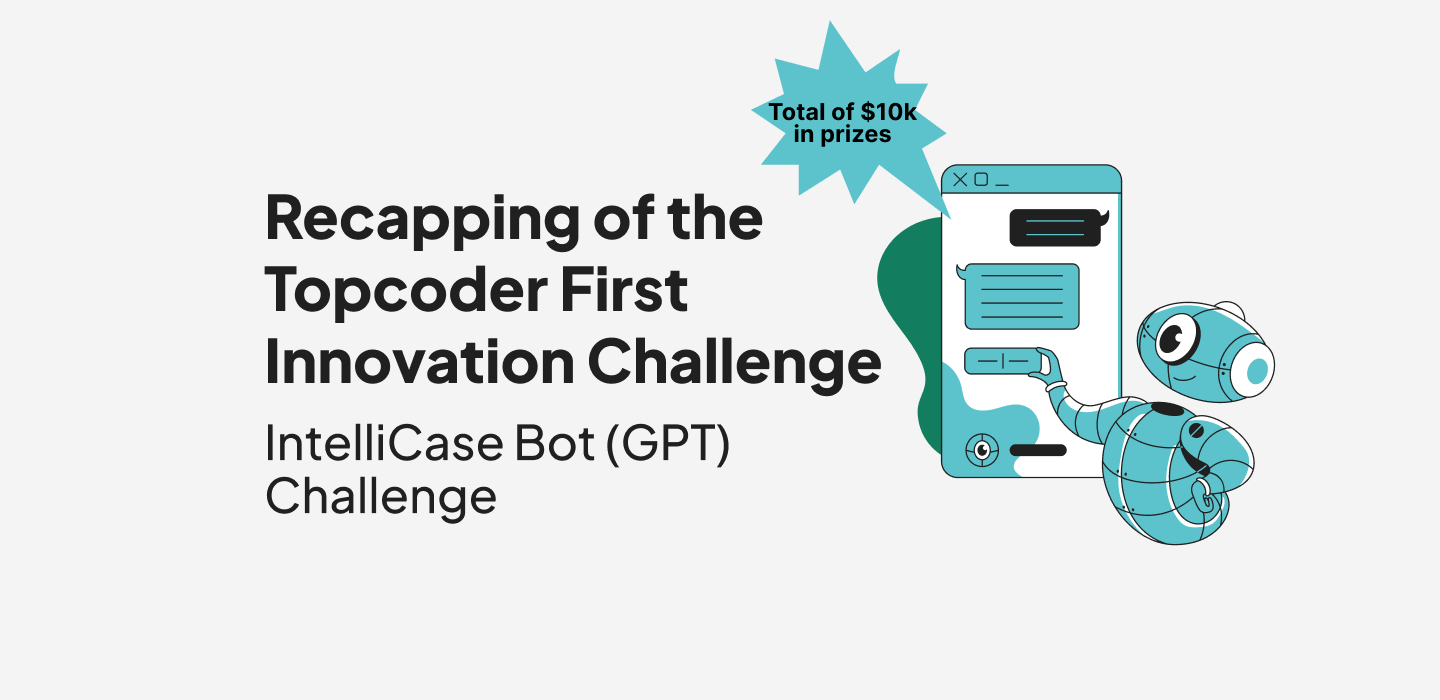May 28, 2020 The Evolution of HR – An Uprisor Conversation with Gary Bolles
Recently, Topcoder joined a virtual roundtable with thought leaders in the on-demand talent space. One of our guests, Gary Bolles — Chair of Future of Work at Singularity University — talked about how organizations were coming to terms with new models of work in the wake of COVID-19.
We had a chance to sit down with Gary again to dive a little deeper into topics like on-demand talent, the future of work, and modern agile business ecosystems. As businesses continue to feel the pressures of modern customer demands, finding ways to leverage technology, automation, and disruptive work models has become a critical pillar of operational success. Listen to the conversation and check out a recap, below.
Work NO LONGER HappenS in a Closed Ecosystem
Almost every business is working with a stack of SaaS apps deployed over the cloud. So why should the idea of “work” still be so glued to in-house functions? In past HR settings, work was very contained. You were either an employee or not. But with the rise of the gig economy, work is becoming more loosely defined.
Mechanically, work is just human skills applied to tasks to solve problems. Spiritually, work and organizations are about channeling human energy to create value. That old structure of the organization, I call a box.
Gary Bolles
The Evolution of HR: A Shift From Administrative to Strategic
When most people think about HR, they immediately conjure images of payroll, benefits, paperwork, compliance, and all the other administrative duties that are tied to the job title. But the role of HR is evolving beyond administration. Given the current flexibility and technology in the workspace, HR is a beacon of productivity that should also be considered strategically.
Gary points out that for HR to succeed in making this shift, companies need a heightened sense of alignment. While lean startups like Asana have mastered the art of aligning goals before tackling projects, larger organizations have plenty of opportunities to rethink traditional workflows in light of the new, digitally-driven talent landscape. If you can focus on alignment and goals early, you have the framework you need to start thinking about how to apply in-house, on-demand, and automated talent to each goal.
We Need a Better Framework for Digital Talent
The conversation touched on an incredibly important point—we need a better on-demand framework. Many of the “gig” or “on-demand” apps on the marketplace leverage talent in a very contained space. They don’t create breathing room for talent to successfully apply themselves holistically like we see with in-house FTEs. Often times, these platforms are one-sided. Employees aren’t learning as they would at a traditional job, and they aren’t advancing their careers in an upward fashion. They’re just completing jobs.
For many organizations, this can make on-demand talent feel more like an add-on and ad-hoc accessory than a disruptive talent architecture. But it doesn’t have to be one-sided. At Topcoder, we facilitate both the growth of our clients and our talent community. And we’re not the only platform blending freedom, education, and work in one place. The framework for digital talent is changing, and as it does, the value of digital talent rises.
To unleash the gig economy and start your next project, contact us.
VP, Marketing


